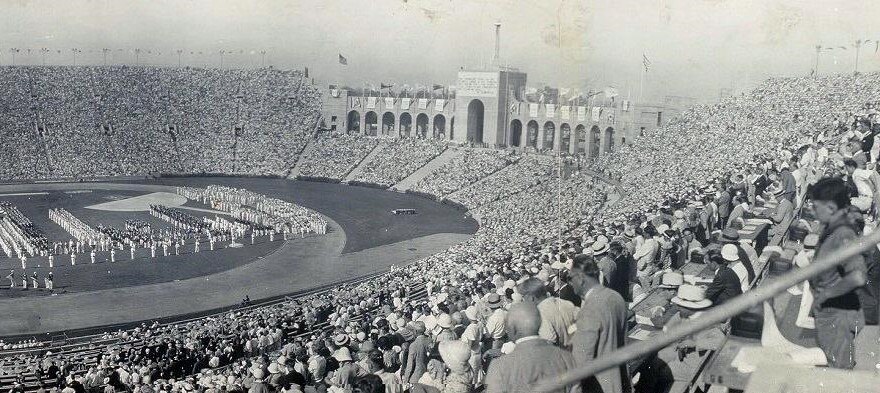What happens to Olympic venues after the Olympic flame is extinguished? Where do the millions invested in these impressive architectural works including stadiums, pools, tracks and circuits end up? Let’s discover a few examples of countries that have made the past Olympics an opportunity for rebirth and countries that instead have not been able to take advantage of the resources available to them.
Sarajevo 1984
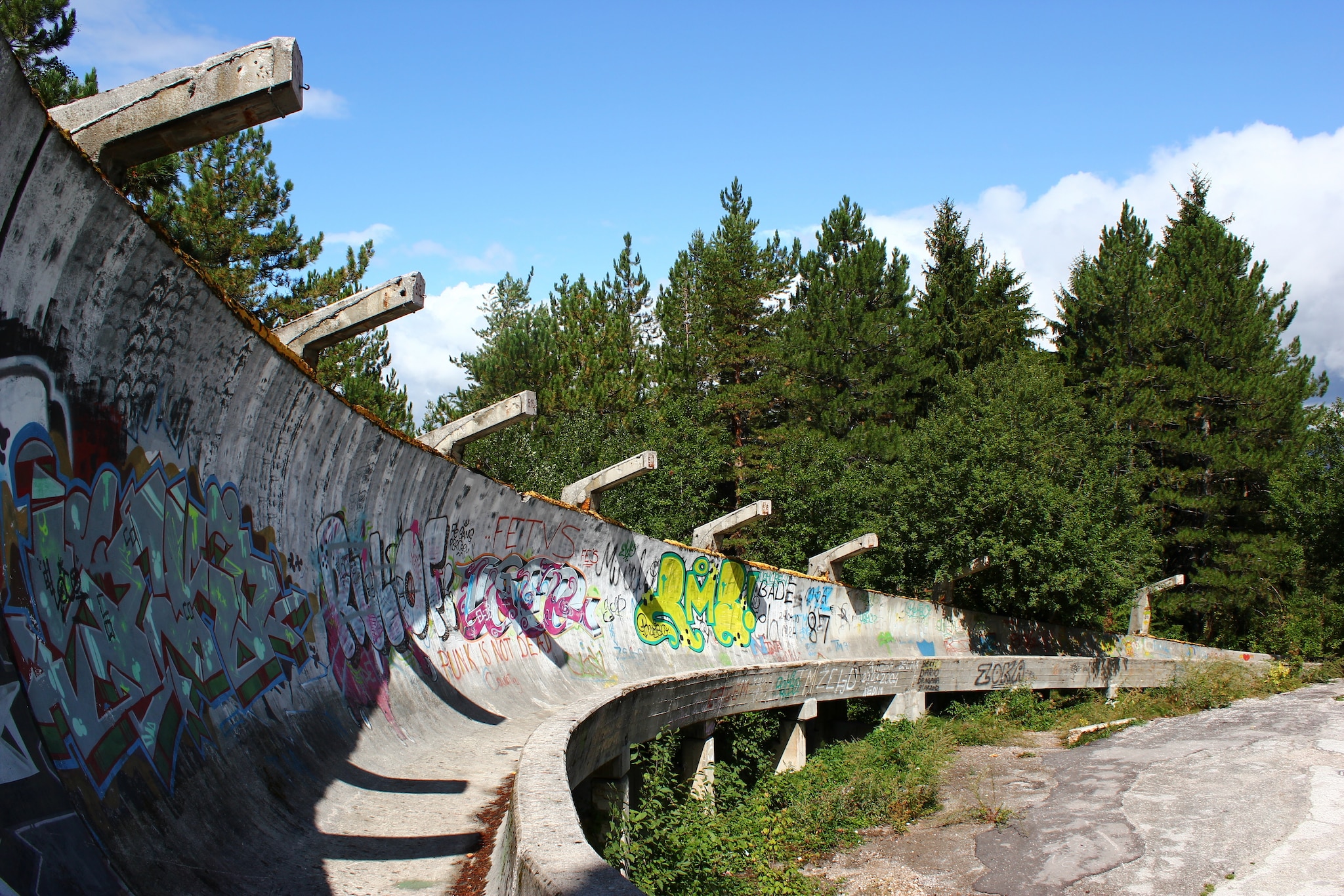
The XIV Winter Olympic Games in Sarajevo in 1984 were the first winter games held in a Soviet country since the 1980 Summer Olympic Games in Moscow. At that time Sarajevo was the capital of the Yugoslav republic of Bosnia and Herzegovina, before its fall only 8 years later. Back in 1980, after the death of Yugoslav leader Tito, the country was already a victim of disputes between Serbs and Bosnians. But it was in 1992 that Sarajevo saw the forces of the Bosnian government clashing against the People’s Armed Forces of Yugoslavia in a long conflict that lasted four years and caused the death of over 12,000 civilians. After the official separation of Yugoslavia in 1996, most of the Olympic venues had already been largely abandoned, resulting in ghost towns. The bobsled track was used as a Bosnian Serb stronghold during the siege of Sarajevo and now, over 30 years later, the entire complex is just the skeleton of a pre-war utopia.
Beijing 2008
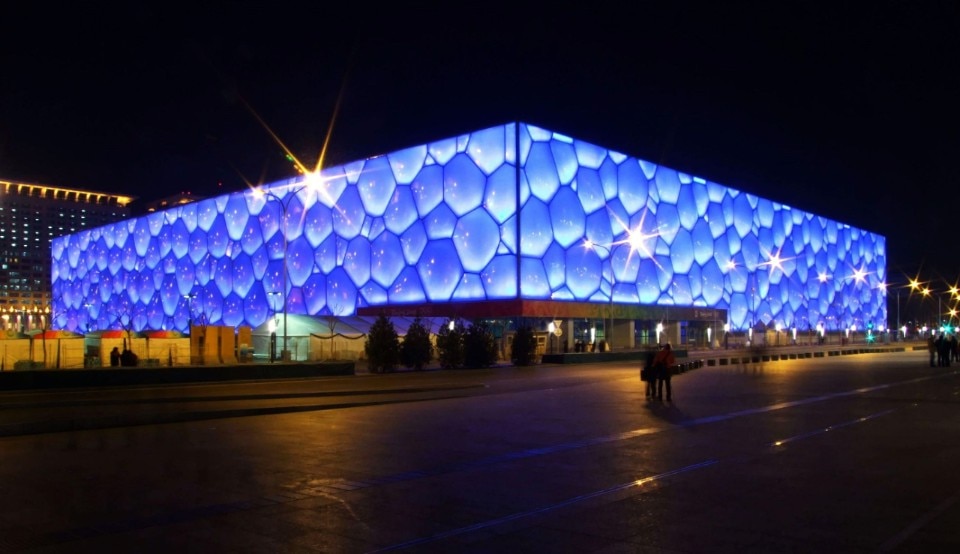
A virtuous example of post-Olympic redevelopment is the Beijing National Aquatic Center, which in 2008 hosted the Games of the XXIX Olympics. It was the first time China hosted the Summer Olympics and was also the second Summer Olympics to be held in a communist state, after Moscow 1980. Completed in 2007, the “Water Cube” was opened to the public in 2009 and then closed again to begin a transformation of parts of the complex into a water park, which was completed in 2010. The facility still hosts a variety of events, including curling championships and shows.
Berlin 1936
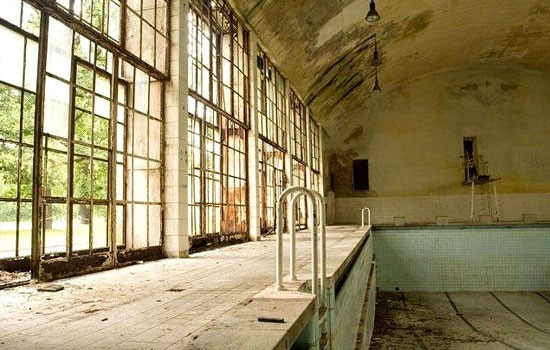
The decision to hold the Olympics in Berlin was made in 1931, when Germany was still a democratic republic. Despite Hitler’s rise of power in 1933, the International Olympic Committee maintained its decision and Germany began construction works to host the Games. Joseph Goebbels, then Nazi propaganda minister, spared no expense, seeing the Olympic Games as an excellent opportunity to advance the propaganda of the regime. Although some of the 150 architectural works built for the Olympics are still used (the Olympiastadion is a UEFA stadium), many of these have been completely abandoned. The Olympic village, for example, remains a sad reminder of a dark chapter in history.
London 2012
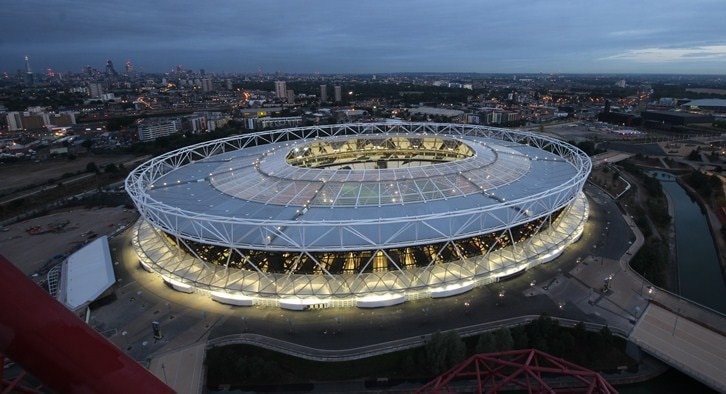
London hosted the Games of the XXX Olympiad in 2012, which were integrated into a larger plan to redevelop blighted areas and focused primarily on post-Games developments. For these Olympics, not only new venues were used, but also existing and historic structures, as well as temporary structures, some of them in well-known locations such as Hyde Park and Horse Guards Parade. The Olympic Stadium, for example, underwent refurbishment works after the Games, including a new roof to make it a multi-sports facility. With its 60 thousand spectators, it is the third largest stadium in the city (after Wembley and Twickenham) and the first publicly owned. It still hosts the West Ham United football team and is officially the national athletics stadium.
Cortina 1956
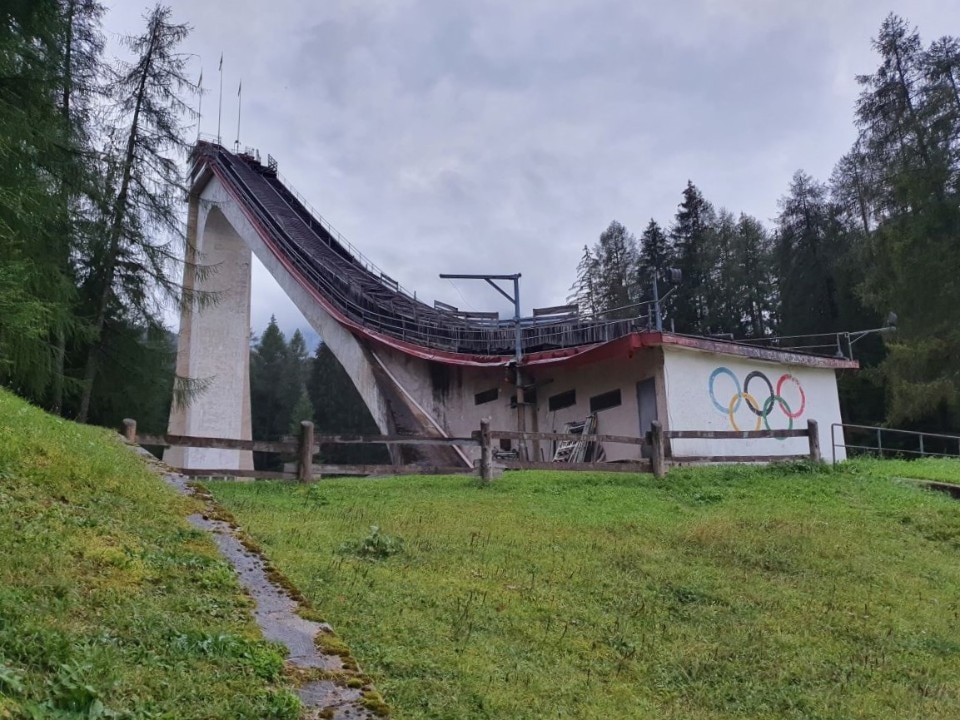
Cortina will host the 2026 Winter Games and it will be the second time that the Italian city is the venue of an Olympic event. In fact, the first games were the VII Winter Olympic Games held in 1956. Of the 10 original sports facilities, only 2 are still in operation, while the rest have been abandoned or demolished. One of these is the Trampolino D’Italia, in disuse since 1990, which today is an icon of the past and of the golden years of the Italian economic boom. Since 2014, Dolomiti Contemporanee, an association operating in the Cadore region, has been proposing the trampoline as a torchbearer for Milan-Cortina 2026: “it could (should) already have been functioning for some time as a beacon and landmark of the territory, charting the course towards 2021 and 2026, but above all becoming something active and useful for its territory, in a perspective of continuity, which goes well beyond the sporting event.” they recount on their website. It is therefore hoped that this now dilapidated structure can also become a symbol of rebirth and progress.
Athens 2004
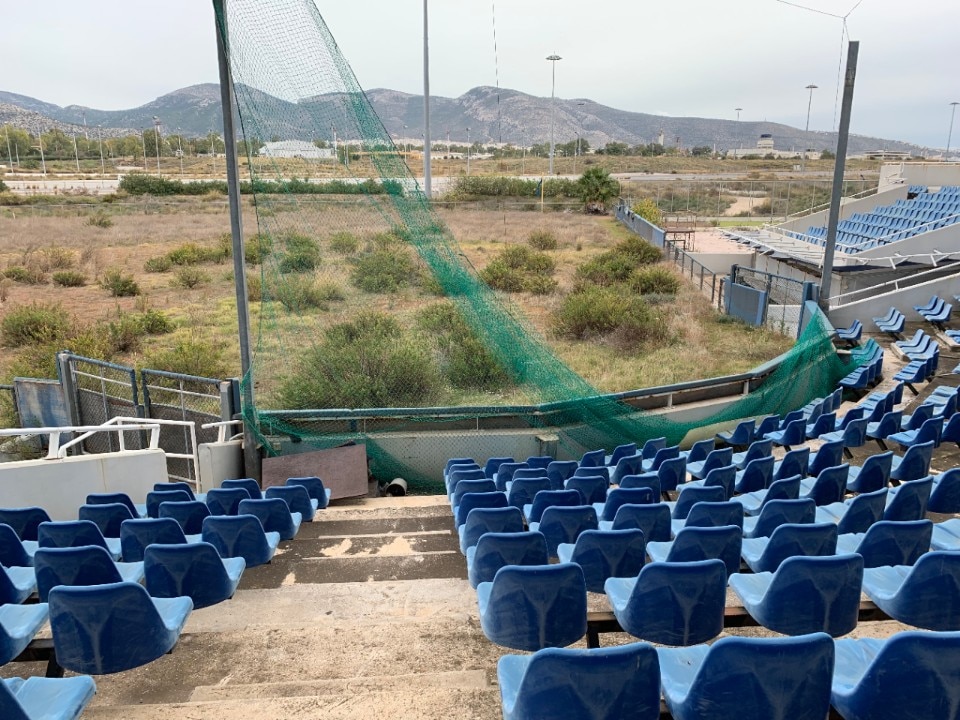
Perhaps the most illustrative example of the waste and debauchery that mismanagement of Olympic facilities and bad accounting has caused, the sites that hosted the Games of the XXVIII Olympiad in Athens did not leave a happy legacy for the nation. Quite the contrary. In the rush to complete the facilities in preparation for the Olympics, Olympic planners overlooked some crucial factors such as environmental strategy and economic feasibility. Very few of the facilities have since been successfully exploited and many have fallen into total neglect. To exacerbate the difficulty of maintaining such works was also the economic crisis that hit Greece in 2009, but perhaps also (according to many) the exorbitant costs of the Olympics.
Sydney 2000
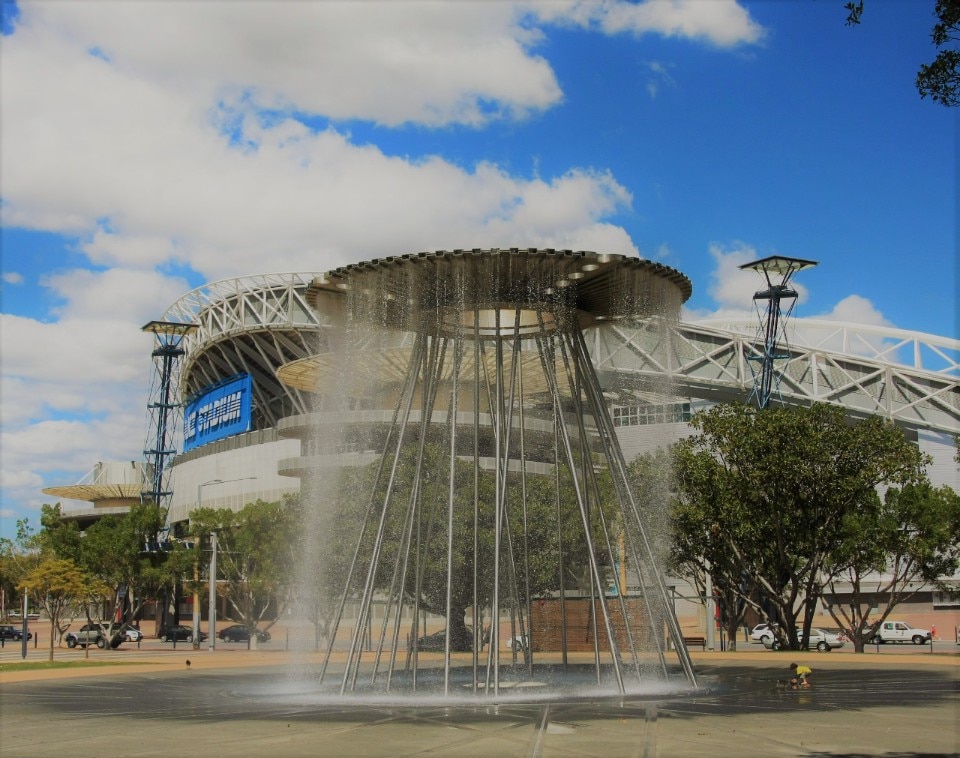
"The best Games ever" is the legacy of the Games of the XXVII Olympiad in Sydney. The Sydney Games, supported by an army of volunteers, received much acclaim from the start. This is because they had set out to radically transform the city and use the opportunity as a showcase for Australia in a world that at that time was witnessing rapid economic growth, especially in emerging Asian countries such as China. The areas that benefited were once dumps of toxic waste, unexploded ordnance, chemical waste, asbestos, rubble and household waste. Olympics-related cleanup work paved the way for the transformation of adjacent suburbs and the creation of large green spaces that facilitated residential development in the vicinity of the Sydney Olympic Park. Some 10 million people now visit the area each year, more than double the number who attended the 2000 Olympic and Paralympic Games.
Rio 2016
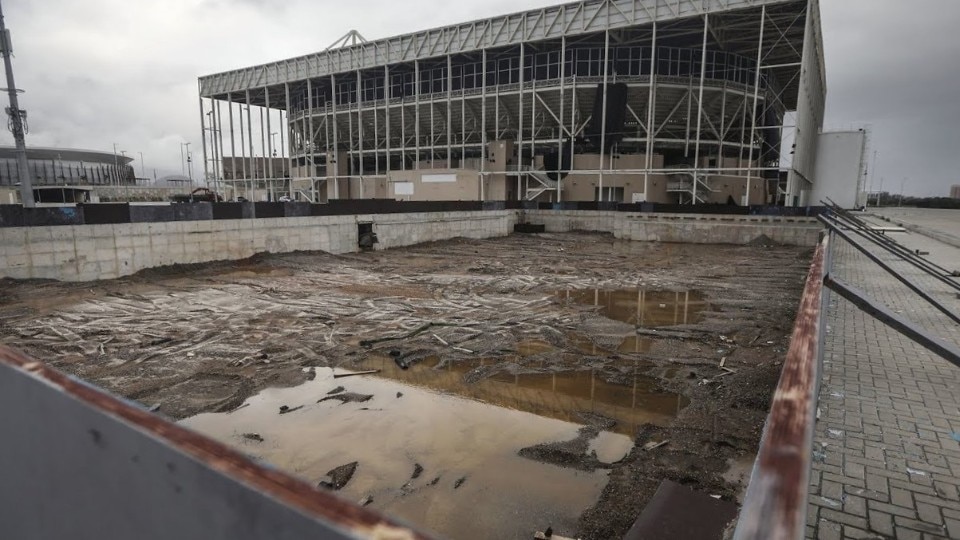
The start of the Games of the XXXI Olympiad in Rio de Janeiro, Brazil, was punctuated by more than a few criticisms and disagreements. In fact, the Brazilian economy plunged into a severe economic recession right on the eve of the Games in 2016, bringing the country to a state of emergency, exacerbated by the Zika epidemic and rampant criminality in major cities. Despite all these problems, however, the Rio Games began timely and ran smoothly over the course of two weeks. This, however, was not enough to support the costs that the country had to amortize afterwards: while 15 of the original 27 venues have hosted at least one event since the Games, others are largely abandoned. The Maracanã Stadium was vandalized and the electricity was completely shut off after racking up an electricity bill of nearly $1 million. Deodoro Olympic Park, vaunted as a path to improve one of Rio’s poorest neighborhoods, has been closed. The abandoned pools, are now covered in bugs, mud and rodents. “The Olympics’ promise of a legacy that would have made a safe city for all people has not been delivered,” Amnesty International wrote in its September 2016 post-Rio report, confirming suspicions and criticisms made in the months leading up to the Olympics.
Los Angeles 1932
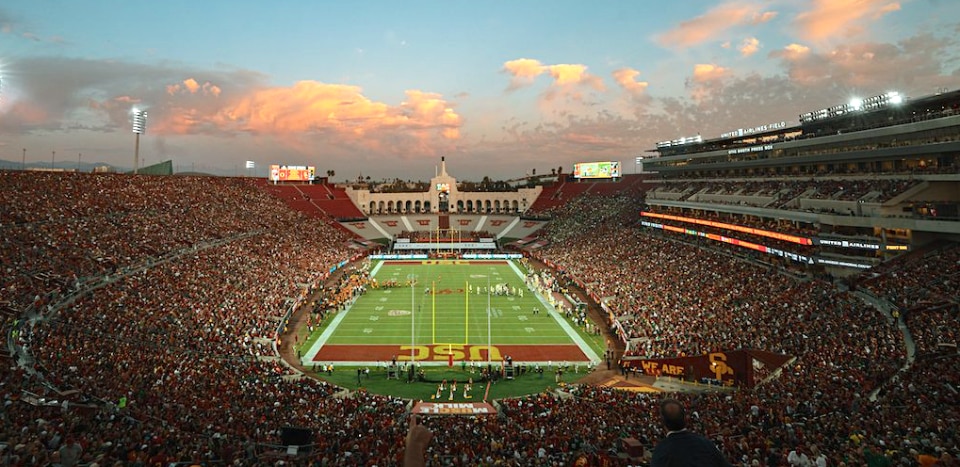
The 1932 Games came at a difficult time for Los Angeles and the United States. The Great Depression, which began with the Wall Street Crash of 1929, caused widespread homelessness, unemployment, severe income inequality and racial segregation. At the same time, however, the 1932 Olympics were intended to be a symbol of hope for the country, a springboard to redeem the economic and industrial power that had characterized the years before the crisis. So it was that, to avoid economic waste and limit the people’s discontent, it was decided to use seven already-built buildings, with the exception of the Rose Bowl and the Armory. The centerpiece of the LA Olympics, however, was the Memorial Coliseum, which has hosted events in track and field, horseback riding, field hockey and gymnastics and is still the home of USC football, the former home of the LA Rams and has hosted in the past two Olympics, the World Series, two Super Bowls and even a visit from the Pope. In 2028, it will be the first stadium to serve as the main hub during three separate Games.
Opening image: the Los Angeles Olympic Stadium during the opening ceremony of the 1932 Olympic Games.


